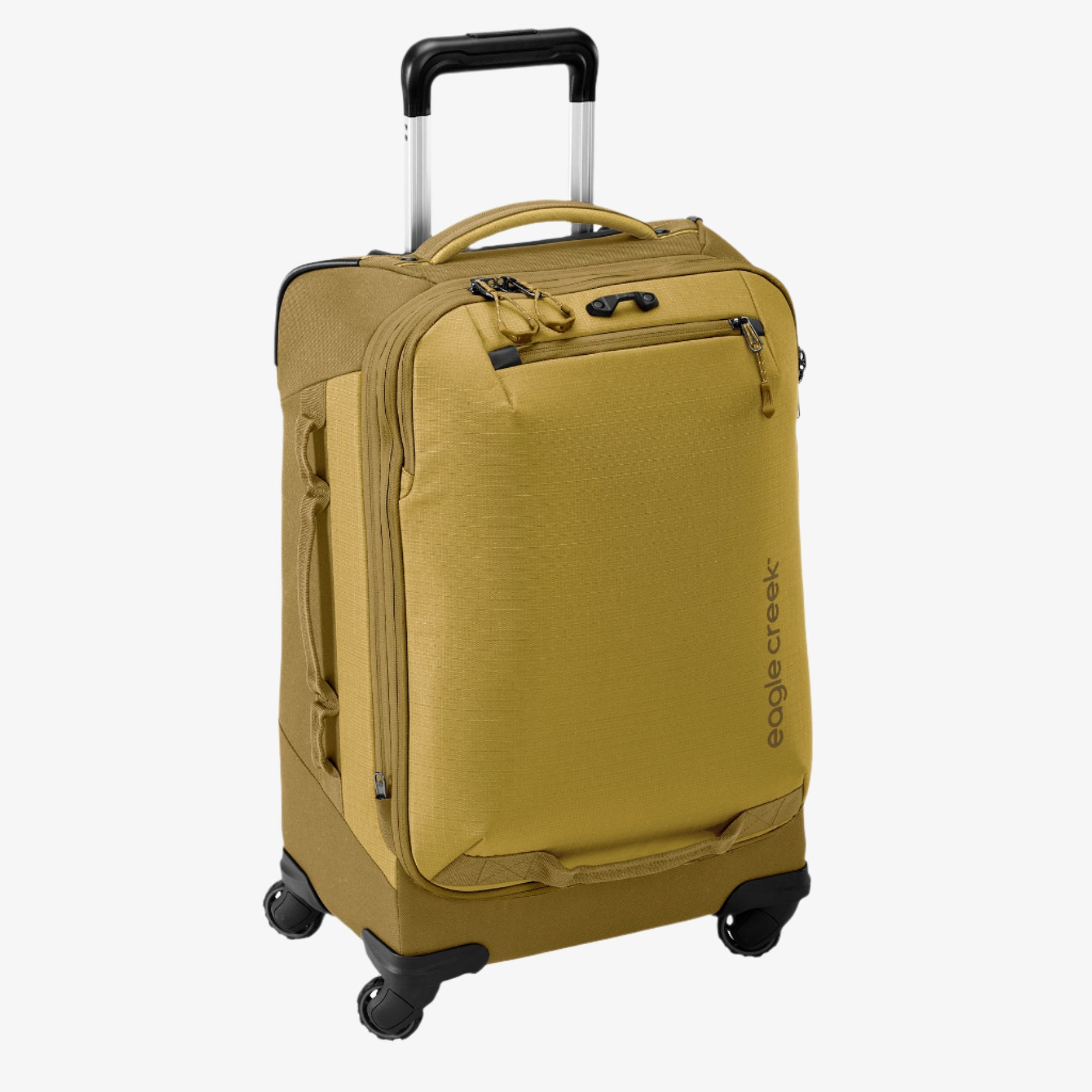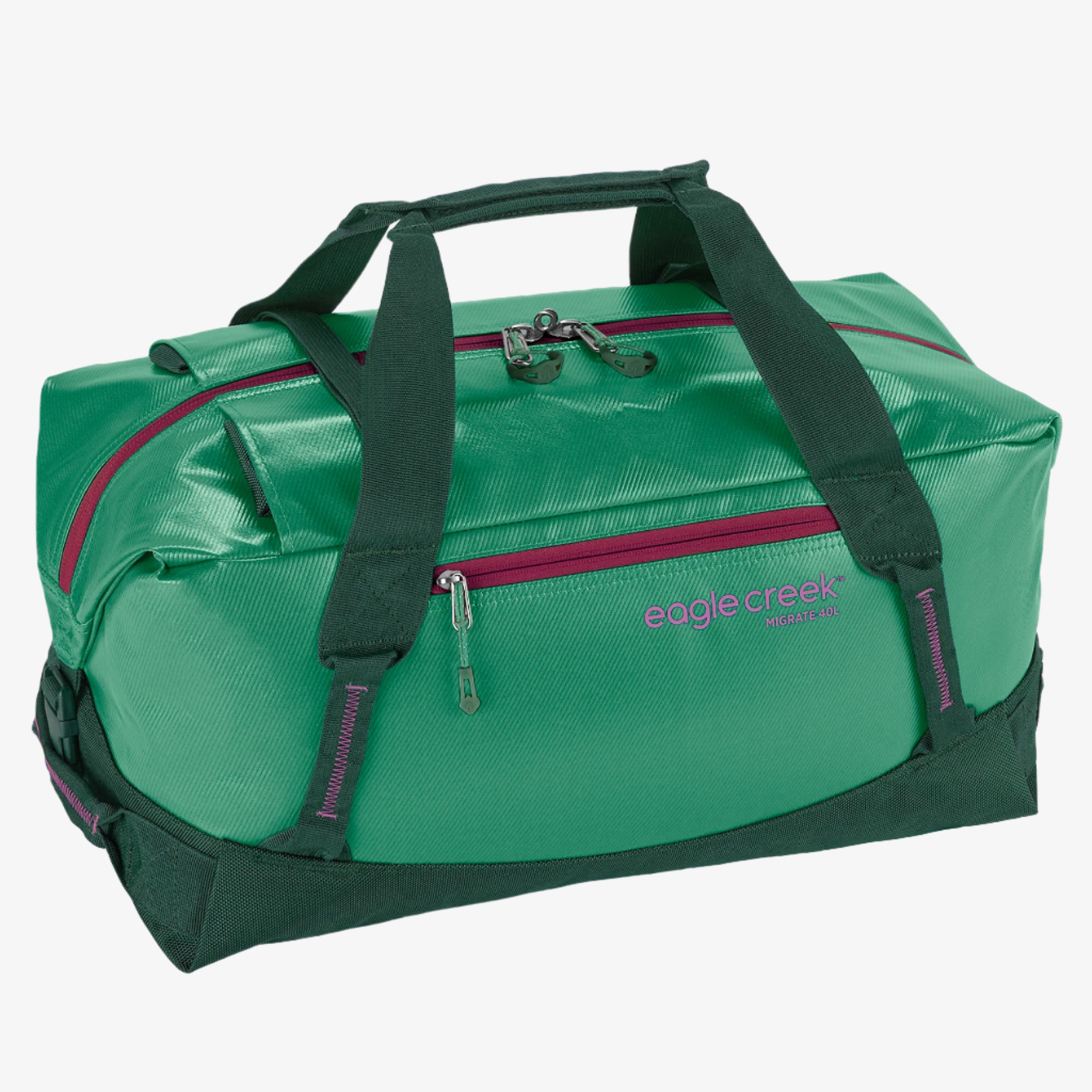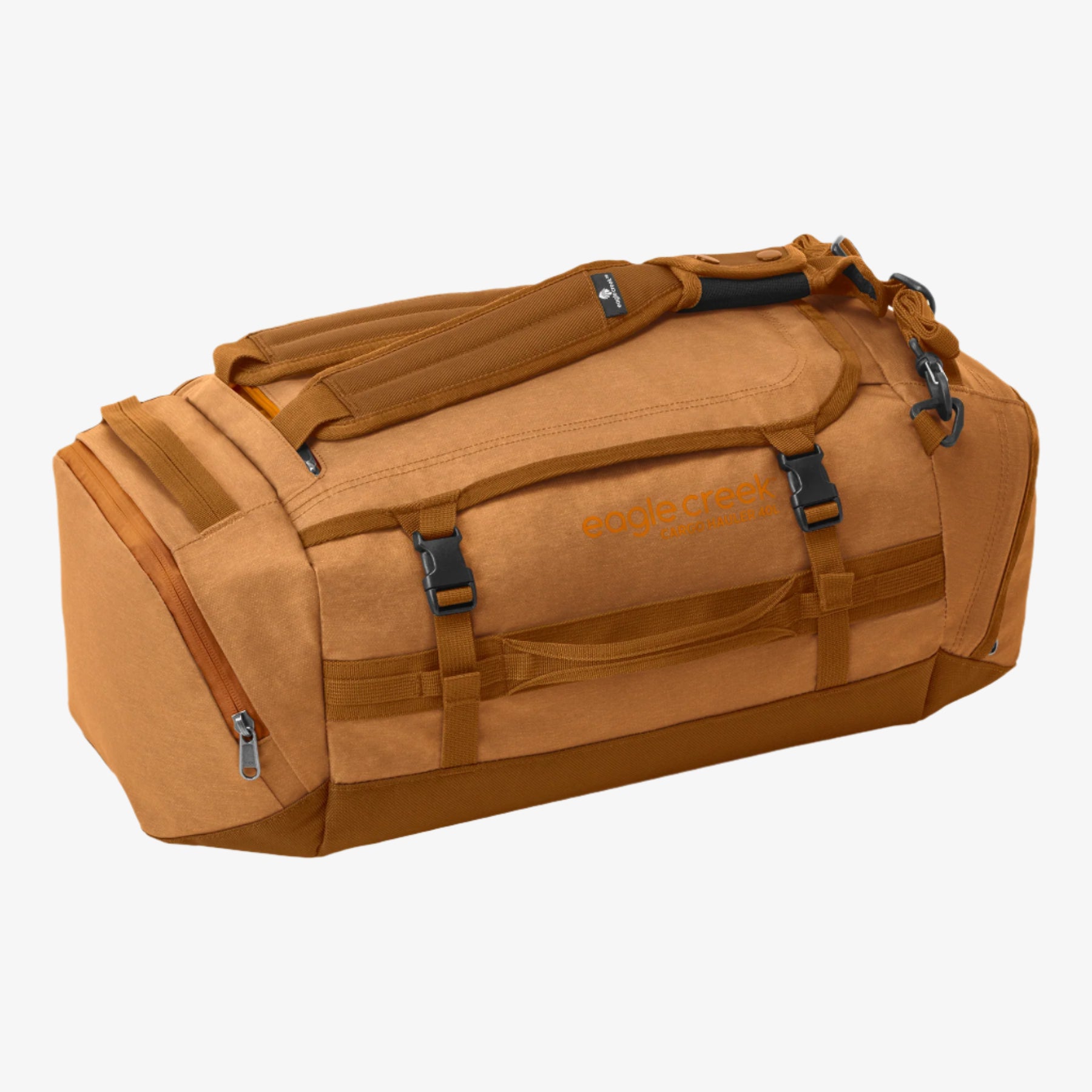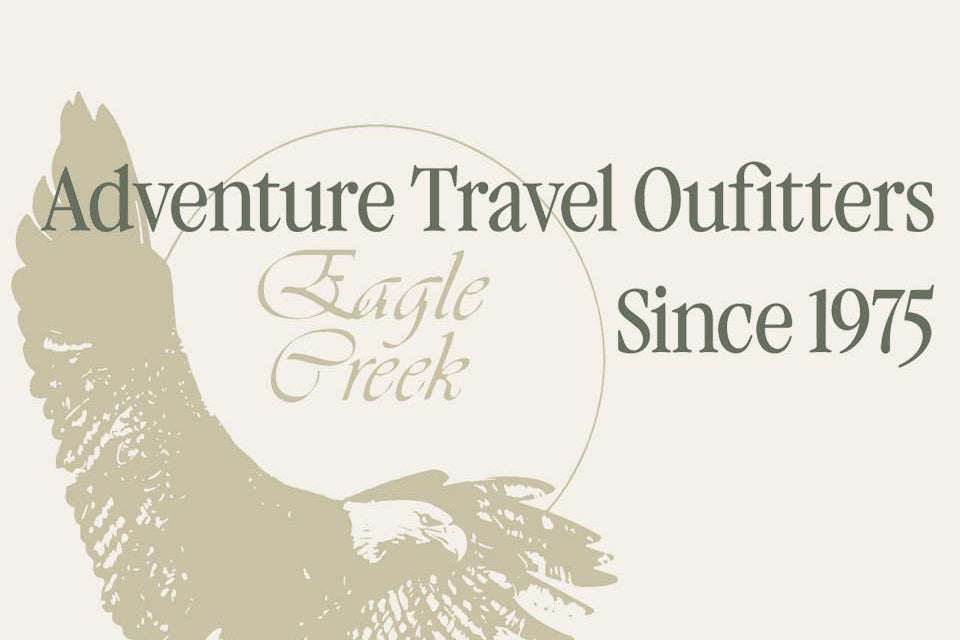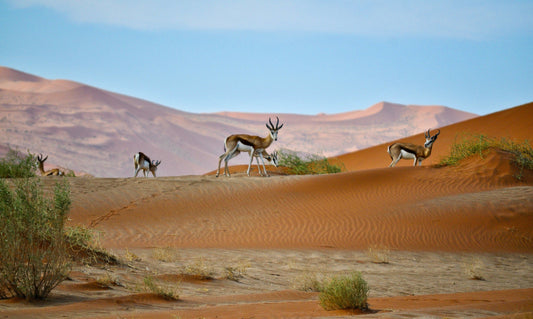5 European Vacations for the Crowd-Phobic

A trip to Europe is a dream vacation to so many of us—and more travelers than ever are making that dream a reality. In fact, according to MMGY Global Research, 52 percent of Americans are planning a trip to the continent. It’s ongoing popularity has left both its traditionally popular destinations and newly trendy hotspots grappling with how to handle the continuing crush of visitors.
If you’re among the many trekkers considering a European trip, however, long lines at attractions, crowded cafes, and stress over finding a room don’t have to be part of the picture. It is possible to visit Europe without crowds. These five under-the-radar gems offer culture, excitement, and once-in-a-lifetime travel photos—along with plenty of elbow room.
Finland
The northern lights is one of the most dazzling natural spectacles on the planet, and plenty of travelers set off to check this site off their bucket list. While many head to the increasingly popular Iceland for a peak, Finland offers the same view, minus the crowds. Just pack a bag with full multi-terrain maneuverability that will let you take on Finland’s metropolitan areas and countryside with equal ease.
Even if you’re not lucky enough to catch the northern lights, there’s plenty to do in this Scandinavian destination, including taking a ride on the back of a dog sled in Lapland, home of the indigenous Sami people. There are also plenty of sites to take in, from the neoclassical mansions that line the wide boulevards of Helsinki to the stunning peaks of Yllastunturi National Park. Don’t miss the magical Santa Claus Village in Rovaniemi, inside the Arctic Circle. The big guy is there every day of the year, making grown-ups feel like kids again.
Moldova
The Republic of Moldova is in eastern Europe, between Ukraine and Romania, and was named one of the least visited countries in the world by the UN’s World Tourism Barometer. Though it sees only 121,000 visitors annually (to put that in perspective, the city of Barcelona alone gets 32 million), Moldova is home to world-class sights.
Moldova’s capital, Chisinau, is a treasure trove for history buffs. Soviet-style architecture dominates the scene, and landmarks such as the Victory Memorial of the Soviet Army, and the eternal flame dedicated to the unknown soldiers from the city are a reminder of a past era. Chisinau’s farmers’ market is not only a great place to fuel up, but also a great place to get to know locals.
Though Moldovan wine is a rare find in US liquor stores, it’s lauded by wine aficionados. Sip this region’s stellar vino at Mileștii Mici, a winery perched atop the biggest wine cellar on Earth, a labyrinth of tunnels lined with 2 million bottles, give or take. Then visit Orheiul Vechi, a UNESCO Heritage Site built into a cliff; some ruins date back to the 6th century BC. The high point (literally and figuratively) is the Church of the Ascension of St. Mary, which leads to a cave monastery that is still in use by monks today.
Poland
Another unique European trip idea is Poland. Skiers, as well as those who simply love picturesque scenery, may want to rethink the Swiss Alps in favor of the equally thrilling Tatra Mountains. This stunning mountain range along the southern border of Poland is an overnight train ride from Warsaw, a modern, vibrant city filled with museums, palaces, restaurants, and craft shops. For that leg of the trip, lighten your load with a smaller bag with quick-access pockets.
There’s plenty of activities besides skiing to beckon travelers. Snowshoeing and sleigh rides are memorable pastimes in the towns of this highest range of the Carpathian Mountains. Considered the most charming village in Poland, all the buildings of Zalipie are hand painted by local women with floral and traditional designs in every color of the rainbow. This tradition goes back 100 years, when the townswomen used brushes made from the hair of their cows’ tails. It’s like a village right out of a fairytale. Even bridges, wells, and dog houses are adorned.
Belarus
The former Soviet nation may not be on the top of many bucket lists at the moment, but just give it some time. More than 40 percent of its area is covered in primeval forest, more than any other European country. It’s also home to, believe it or not, the largest remaining herd of European bison on the continent. Yes, bison in Europe.
Belovezhskaya Pushcha National Park, which contains thousands of plant and animal species (as well as a farm than takes overnight guests), and the ancient, vast marshes of the noted Berezina Biosphere Reserve will be rewarding stops for any nature lover. Belarus has plenty to lure travelers who aren’t the outdoorsy type too. Those folks might spend the night inside the magnificent Nesvizh Castle, the first stone of which was laid in 1584. It’s surrounded by ornamental lakes and meticulously landscaped gardens. Rebuilt many times over the centuries, it contains examples of six different types of architecture. Nearby and also worth touring is the Nesvizh Benedictine Monastery and the 16th century Baroque Farny Polish Roman Catholic Church.
Cyprus
Another untapped European destination is Cyprus, the easternmost nation in the European Union and an island in the Mediterranean (a region where nary a square foot has gone untrampled by tourists). Northern Cyprus has a fascinating culture and an abundance of opportunities to explore ancient history. Its beaches are as beautiful as any elsewhere in the Mediterranean, but they aren’t nearly as crowded. The weather is also a big plus. Cyprus has a semi-arid climate with 320 days of sun a year.
Northern Cyprus proved to be inspirational to Shakespeare, who was so taken with the fort at the port of Kyrenia that he used it as the backdrop for Othello. Quite a while later, Walt Disney was rumored to base Sleeping Beauty’s castle on St. Hilarion Castle. It’s more a ruin than a structure at this point, but still is an adventure in itself to explore. The view from the Queen’s window in the top, third ward is amazing: On a clear day, you can see all the way to Turkey.
Another unique draw to Cyprus is its walled capital city, Nicosia, criss-crossed with curved, cobblestone streets. (Opt for a backpack with compression straps so you can explore the cobblestoned city hands-free.) Ledra Street connects the north and south portions of the old city, and strolling the thoroughfare is a history lesson in its own right. It’s named for the kingdom of Ledra, established in 1050 BC, that was situated where Nicosia is today. Its .6-mile (1-kilometer) length represents the busiest stretch in Cyprus, bustling with boutiques, art displays, cafes, and bars.
If you think outside of the box (and the pyramid at the Louvre), you can have an European vacation that truly feels like an escape in every sense of the word.
Related Links (from Eagle Creek blog):
Tips to Help You Improve your Travel Photography



